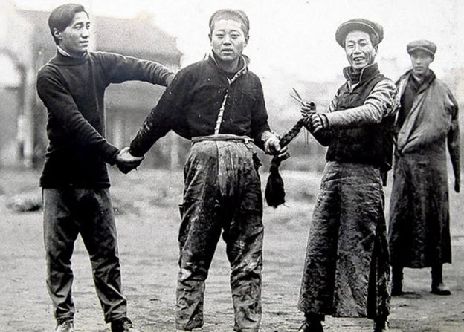Still trying to figure out where the wig came from?Just take a look at this
‘throughout history, the international hair market has always had a political element,’ Mr. Tharlo said.

In 1912, when China’s qing dynasty was overthrown, men were ordered to cut off their braids, and some were forcibly shaved by revolutionary forces.
“Most of these cuts have gone to the wig market, but traders are also concerned that once men stop growing long hair, the source of men’s hair from combs could be cut off.”
The development of the wig industry in China ran into problems again in the late 1960s, when the United States banned so-called “communist hair.”
“It was at this point that India became more and more important in the industry.”Tower said.
Every year millions of people travel to southern India to have their hair cut in Hindu temples, an ancient tradition known on a religious level as “shavingana.””It was an offering to the gods to fulfill an oath. In the early days, people would throw their shaved hair into the water and let it float away with the waves, but then the hair would go to waste.””Talo said.
She described the buzz in the shaving hall where the ceremony was held.
The hall in Tirumala is packed with more than 650 barbers, and pilgrims sit cross-legged on the floor in front of them.Hairdressers are quick to remove hair from the floor, and every few months temple officials step in to auction it online.
At one time, Indian hair was the main source of material for makers of wigs for orthodox jewish communities in Europe, the United States and Israel.Until 2004, a rabbinic delegation from Stamford Hill, north London, went to investigate whether hair was kosher.
“The delegation was sent by an elderly Lithuanian rabbi from Israel to find out whether the hair was a religious offering or was religiously neutral.””Even though the ceremony was held outside the temple, the delegates thought the hair was too closely associated with people’s respect for the gods.Jewish women were forced to burn their wigs, which cut off the commercial chain of the indian-jewish wig market for a long time, triggering a crisis in the wig market.”

